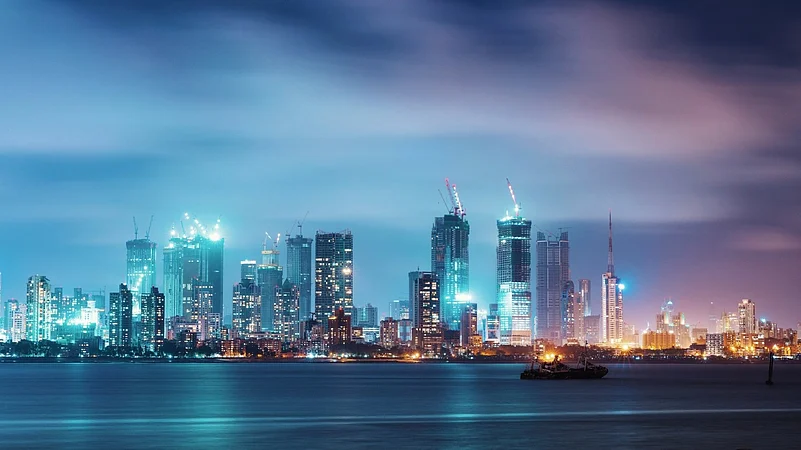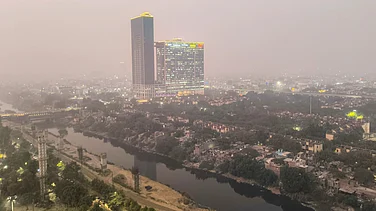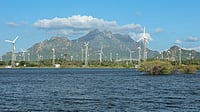The total estimated investment needed by India for developing new urban infrastructure and services that incorporate climate-resilient, low-carbon approaches are projected to be $2.4 trillion by 2050 and $10.9 trillion by 2070, according to a World Bank report released on July 22.
The report titled Towards Resilient and Prosperous Cities in India stated that forward-looking, climate-smart urban planning.
“With a doubling of the urban population expected by 2050, from 480 million in 2020 to 951 million, more than half of urban growth, in terms of new infrastructure, buildings and urban services, is still to come,” the report stated.
“This gives Indian cities a huge opportunity to plan for resilient urban development and avoid large future damages and losses from climate and disaster impacts,” it added.
The high cost of retrofitting urban infrastructure, was emphasised by the Bank in its report. It further highlighted the need for cities to strengthen defences against climate shocks but also embed resilience into future growth.
The report stated that it is essential to improve quality of life and ensure sustained economic momentum.
Climate Risks Intensify Ahead
The World Bank report warned of severe consequences in case of delayed action. Cities are at risk of facing escalating losses from more frequent and intense climate events such as floods, extreme heat and water scarcity.
"It is projected that urban pluvial or stormwater flooding-related losses, which currently cost between 0.5 and 2.5% of gross domestic product annually, will double under a global high-emission scenario," the report said.
"Urban Heat Island effect compounds the impact of increasingly frequent and severe heat waves. If nothing changes, it is projected that heat-related deaths in Indian cities will double by 2050," it added.
According to the report, Indian cities are particularly exposed due to the dense concentration of people and assets, compounded by weak planning systems that are struggling to keep pace with urbanisation and rising demand for services.
"Cities also face higher impacts, compared to rural areas, from climate impacts and disaster shocks as they are highly interconnected systems; when key infrastructure assets break down, it can cause a chain reaction and cities can become paralysed or experience cascading infrastructure failure," it said.
"For example, flooding can cause road closures and disrupt traffic flow, affect electricity lines, and lead to damage and economic losses," the report added.
India must shift from traditional infrastructure to nature-based solutions—like urban parks, wetlands and green roofs—that offer faster, cheaper flood mitigation, air-quality improvement and heat relief.
"Nature-based infrastructure is roughly 50% cheaper than the traditional grey infrastructure to provide the same service," said Liesbeth Casier, a senior policy advisor at the IISD and co-author of the report told Reuters.































